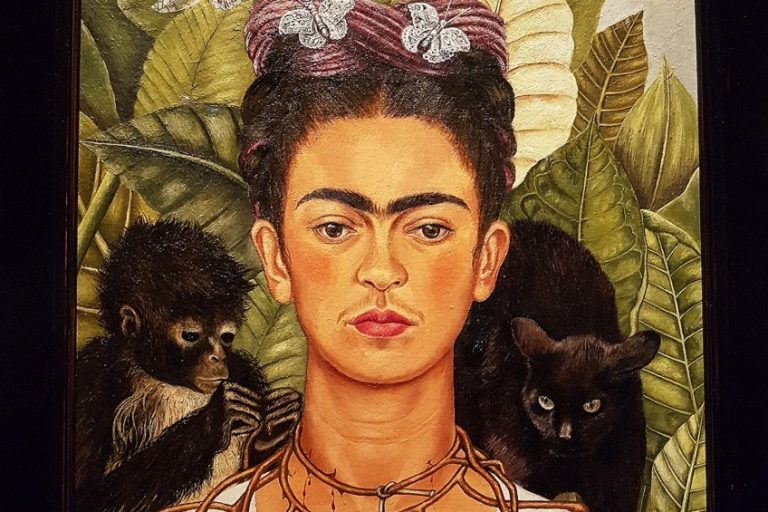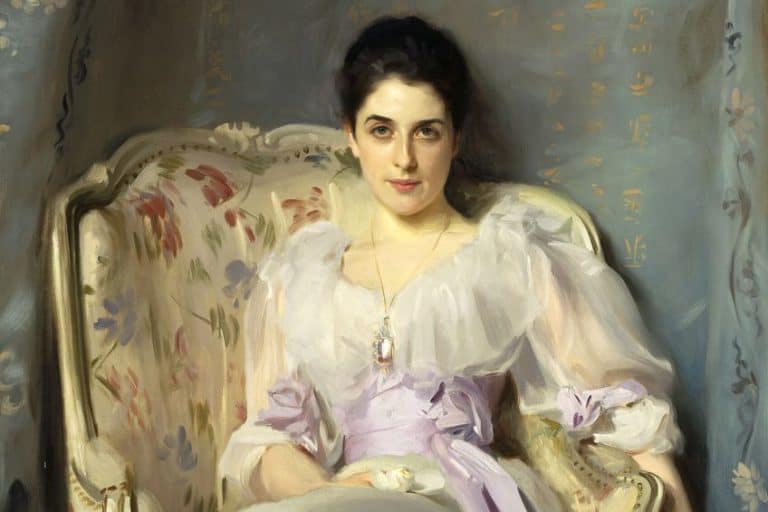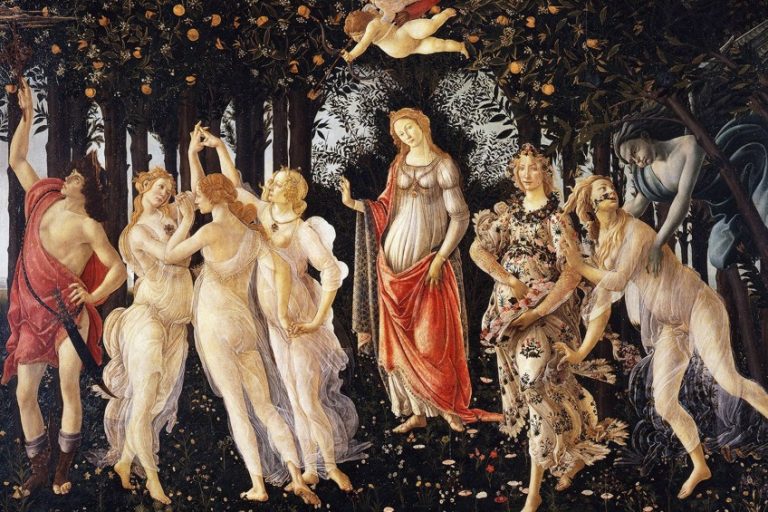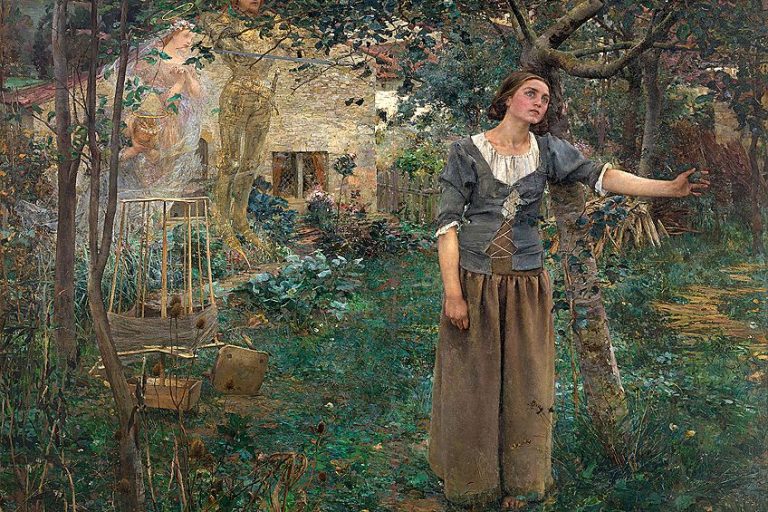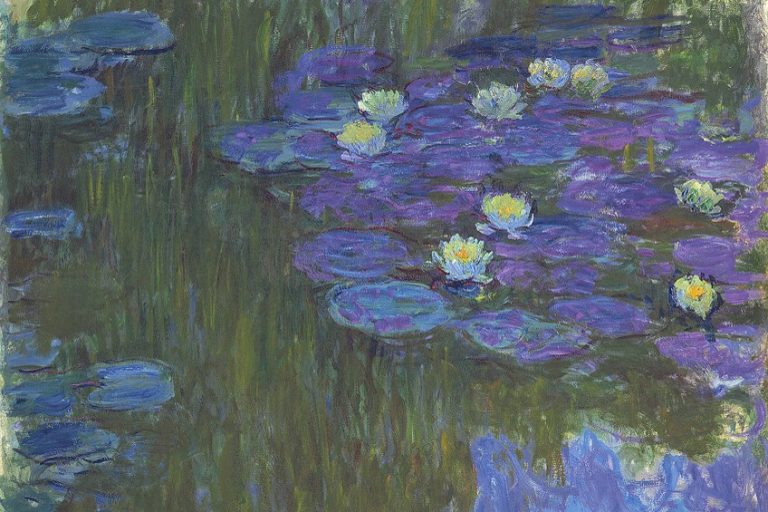“Red Balloon” by Paul Klee – An Artwork Analysis
Welcome to the whimsical world of Paul Klee’s Red Balloon! Step into a realm where imagination takes flight and vibrant hues dance upon the canvas. With a playful mastery of form and color, Klee invites us to embark on a journey where the ordinary becomes extraordinary, where a simple balloon transcends its earthly tether to become a symbol of boundless possibility. Join us as we unravel the enchanting tale woven within the threads of Klee’s brushstrokes, where every stroke whispers secrets of wonder and delight.
Table of Contents
Key Takeaways
- Red Balloon reflects Paul Klee’s mastery in blending color and geometric forms.
- Created in 1922, the artwork exemplifies the innovative spirit of early 20th-century modernism.
- The painting stands as a testament to Klee’s enduring influence in art history.
Historical Context: Paul Klee’s Artistic Journey
| Artist | Paul Klee (1879 – 1940) |
| Date Created | 1922 |
| Medium | Oil on chalk-primed gauze, mounted on board |
| Genre | Abstract art |
| Period/Movement | Expressionism, Surrealism |
| Dimensions (cm) | 31.8 x 31.1 cm |
| Series/Versions | Part of Klee’s larger body of work, not specifically a series |
| Where Is It Housed? | The Solomon R. Guggenheim Museum, New York City, United States |
| What It Is Worth | Estimated to be in the millions (auction prices vary) |
In 1922, Red Balloon emerged from the hands of Paul Klee, an artist celebrated for his individuality and distinctive use of form and color. This painting encapsulates Klee’s unique approach, defined by an array of geometric shapes and a mix of vivid hues that draw the viewer’s attention. Known for his varied style and artistic experimentation, Klee crafted a piece that, although simple in its depiction of a balloon floating over a cityscape, is layered with complexity and subtle intricacies.

The artwork resonates with themes of levity and the interplay between the tangible and the abstract, a trademark of Klee’s work. As a part of the modernist wave and a teacher at the Bauhaus, Klee’s Red Balloon became a statement of his pedagogy and aesthetic philosophy. Its position within art history is notable for both the personal expression it embodies as well as its broader contributions to modern art’s evolution. Paul Klee’s artistic journey reflects his years at the Bauhaus, his marked influence on modern art, and the assessment of his famous painting, Red Balloon.
The Bauhaus Influence
The Bauhaus, an avant-garde school based in Weimar and later in Dessau, was where Paul Klee explored and refined his unique abstract style. Klee joined the faculty in 1921 and engaged with a range of mediums, including oil, oil transfer drawing, and chalk-primed gauze. His Bauhaus period is characterized by a combination of geometric shapes and a vibrant use of color.
Works from this period, like Red Balloon, illustrate how he incorporated theories from the European Dada contingent and the Blue Rider group, adopting expressionism and surrealism into his teaching and art.
Influence on Modern Art
Paul Klee’s approach in integrating abstract design with expressions of whimsical images made a significant impact on modern art, particularly through his techniques and viewpoint on color theory and form. His work inspired the art world to see the canvas from different viewpoints, using sharp lines and clear structure to engage the viewer. Paintings like Castle and Sun, Twittering Machine, Cat and Bird, Senecio, and Ad Parnassum are a testament to his innovation in form and his whimsical take on objects and people.

Assessment of Red Balloon
Red Balloon, painted in 1922, encapsulates Klee’s abstract style, revealings his deep understanding of line, structure, and particularly color theory. Despite its abstract design, the painting creates a sense of familiarity through geometric elements that reflect a cityscape in the background. It measures 31.7 × 31.1 cm and is mounted on board.
Currently part of the collection at the Solomon R. Guggenheim Museum in New York City, Red Balloon is often highlighted as the epitome of Klee’s playful yet profound exploration of color and form.
Formal Analysis
In Red Balloon by Paul Klee, the painting’s allure largely lies in its vibrant use of color, intriguing composition, and layered meaning conveyed through its abstract form. The artwork captivates viewers through its technical execution and imaginative interpretation.

Use of Color
Klee’s painting is a symphony of vibrant shades, dominating the composition with a prominant red balloon. The artwork is underpinned by a whimsical use of colors that mesh and diverge, creating a lively visual experience. The red balloon takes center stage against the backdrop of a multifaceted cityscape.
The abstract style of the piece is enhanced by these colors, with the contrasts drawing the viewer’s eye amidst a blend of yellow, blue, and green.
- Primary color: Red (balloon)
- Secondary colors: Yellow, blue, green (background and shapes)
- Tertiary tones: Varied hues providing depth and contrast

Physical Composition
The physical composition of Red Balloon features oil and chalk on muslin, dimensions measuring 31.7 × 31.1 cm. Klee’s piece, held in the Solomon R. Guggenheim Museum in New York City, embraces an abstract form, integrating both geometric and deconstructed shapes.
The lines and structures within the painting suggest a loose interpretation of a cityscape, potentially influenced by the cubist technique.

Symbolism and Interpretation
The abstract nature of Red Balloon allows for various interpretations and viewpoints from the viewer. Paul Klee’s use of a childlike balloon against a complex cityscape background may symbolize the intersection of innocence and sophistication, or perhaps the contrast between individual freedom and societal structures. The presence of similar works like Castle and Sun hints at Klee’s fascination with the relationship between simple forms and their underlying complexity.
In Red Balloon, the main symbol, a vibrant red balloon, potentially represents innocence or aspiration, set against a backdrop of a cityscape and sky, which could symbolize society’s complexity and vastness.

Legacy of the Artwork
Since its creation, Red Balloon by Paul Klee has been celebrated for its innovative style and influence on modern art. The painting’s enduring prestige is reflected in its presence in prominent museums and galleries around the world.
It continues to draw the admiration of the public, and it remains a critical focus for those studying the evolution of abstract art.
Public and Critical Reception
The public and critical reception of Paul Klee’s Red Balloon has notably affirmed its position as a significant work of 20th-century art. Created in 1922, the painting quickly garnered attention for its abstract composition and skillful use of color. The artwork’s significance is not only recognized by art historians but also by institutions that celebrate Klee’s contribution to modern art.
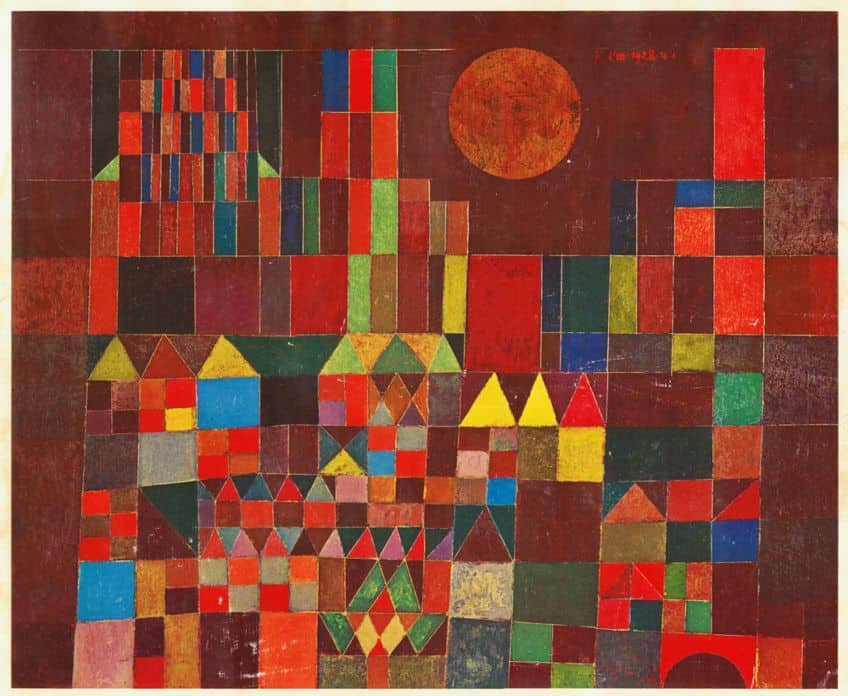
Experts have regularly cited Klee’s proficient manipulation of colors and shapes, through pieces like Red Balloon, as a testament to his mastery of color theory and composition. This work, among others, has cemented Klee’s reputation as an artist capable of evoking deep thought and varied interpretation through seemingly simple abstract elements.
Red Balloon’s Place in Art History
Paul Klee’s Red Balloon represents a significant work within the realm of modern art. Created in 1922, this piece stands as a testament to Klee’s mastery of color and form, and has secured its place in art history. The painting is now housed in the Solomon R. Guggenheim Museum in New York, a beacon for modern and contemporary art. Its presence in such a prestigious collection underscores its importance.
Red Balloon is celebrated for its abstract composition.
Klee employs a spectrum of geometric shapes against a cityscape, bringing the titular red balloon into focus. This central element leads viewers through a maze of vibrant colors and shapes, crossing the boundary between concrete and abstract viewpoints. Klee’s work bridges various art movements — from cubism to surrealism. Red Balloon, in particular, highlights these influences through its balance of whimsy and structure, showcasing Klee’s broad appeal and enduring influence on abstract art.

Painted using oil and chalk on panel, the work measures a modest 31.7 by 31.1 cm, but its impact on the art world is immeasurable. This painting’s strategic placement within abstract art narratives and exhibitions has allowed it to take “center stage” in discussions on modern art’s evolution. It not only reflects Klee’s unique artistic language but also marks a pivotal point in the shift away from traditional representation in art.
As we bid adieu to the whimsical world of Paul Klee’s Red Balloon, we find ourselves enriched by its layers of meaning and delighted by its playful charm. Like a fleeting dream captured on canvas, Klee invites us to embrace the joy of imagination and the beauty of simplicity. As the red balloon dances across the cityscape and sky, it reminds us of the boundless possibilities that await those who dare to dream. Let Klee’s masterpiece linger in our hearts as a testament to the magic of art, where colors speak louder than words and every stroke whispers tales of wonder. Until we meet again on the canvas of creativity, may the spirit of the red balloon inspire us to reach for the skies and embrace the enchantment of possibility.
Frequently Asked Questions
What Artistic Movement Is Red Balloon by Paul Klee Associated With?
Red Balloon by Paul Klee is often associated with Expressionism and Surrealism, as well as reflecting the principles of the Bauhaus movement. These genres are melded into his unique style that balances whimsy and geometric construction.
What Are Some Distinguishing Features of Paul Klee’s Red Balloon?
Paul Klee’s Red Balloon is characterized by its use of vibrant color and geometric shapes, with a composition that presents a playful cityscape. A distinctive feature is the prominent red circular balloon that draws the viewer’s eye amidst the juxtaposition of tones and forms that evoke both depth and levity.
Isabella studied at the University of Cape Town in South Africa and graduated with a Bachelor of Arts majoring in English Literature & Language and Psychology. Throughout her undergraduate years, she took Art History as an additional subject and absolutely loved it. Building on from her art history knowledge that began in high school, art has always been a particular area of fascination for her. From learning about artworks previously unknown to her, or sharpening her existing understanding of specific works, the ability to continue learning within this interesting sphere excites her greatly.
Her focal points of interest in art history encompass profiling specific artists and art movements, as it is these areas where she is able to really dig deep into the rich narrative of the art world. Additionally, she particularly enjoys exploring the different artistic styles of the 20th century, as well as the important impact that female artists have had on the development of art history.
Learn more about Isabella Meyer and the Art in Context Team.
Cite this Article
Isabella, Meyer, ““Red Balloon” by Paul Klee – An Artwork Analysis.” Art in Context. March 7, 2024. URL: https://artincontext.org/red-balloon-by-paul-klee/
Meyer, I. (2024, 7 March). “Red Balloon” by Paul Klee – An Artwork Analysis. Art in Context. https://artincontext.org/red-balloon-by-paul-klee/
Meyer, Isabella. ““Red Balloon” by Paul Klee – An Artwork Analysis.” Art in Context, March 7, 2024. https://artincontext.org/red-balloon-by-paul-klee/.





